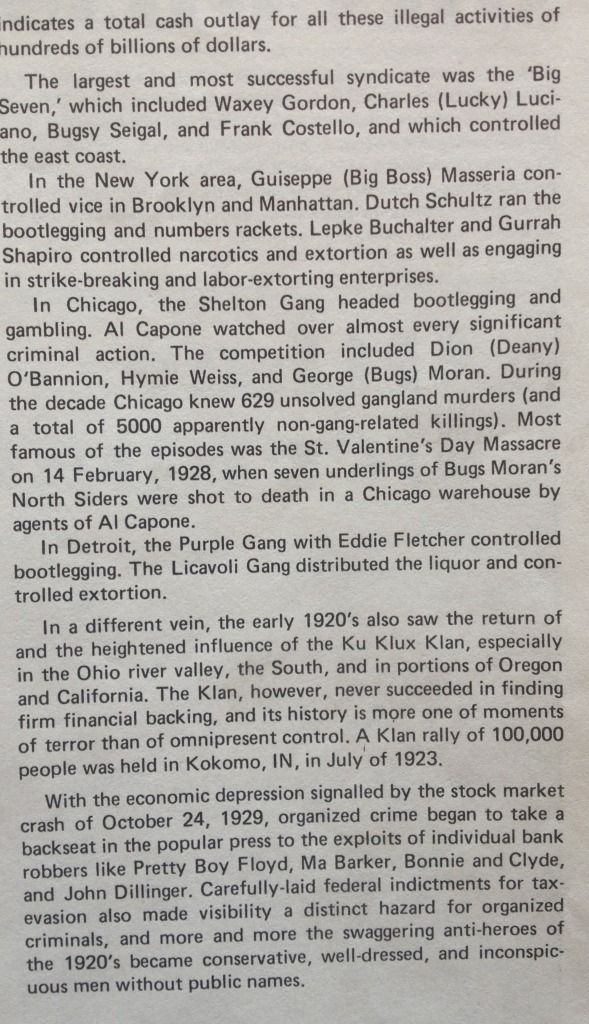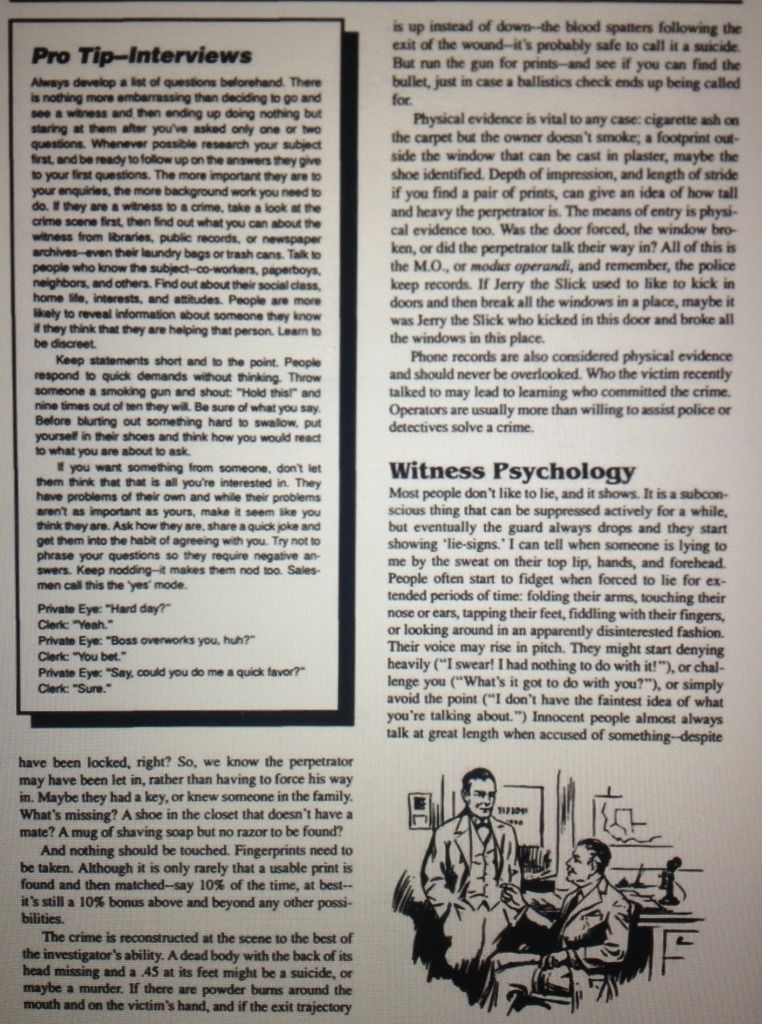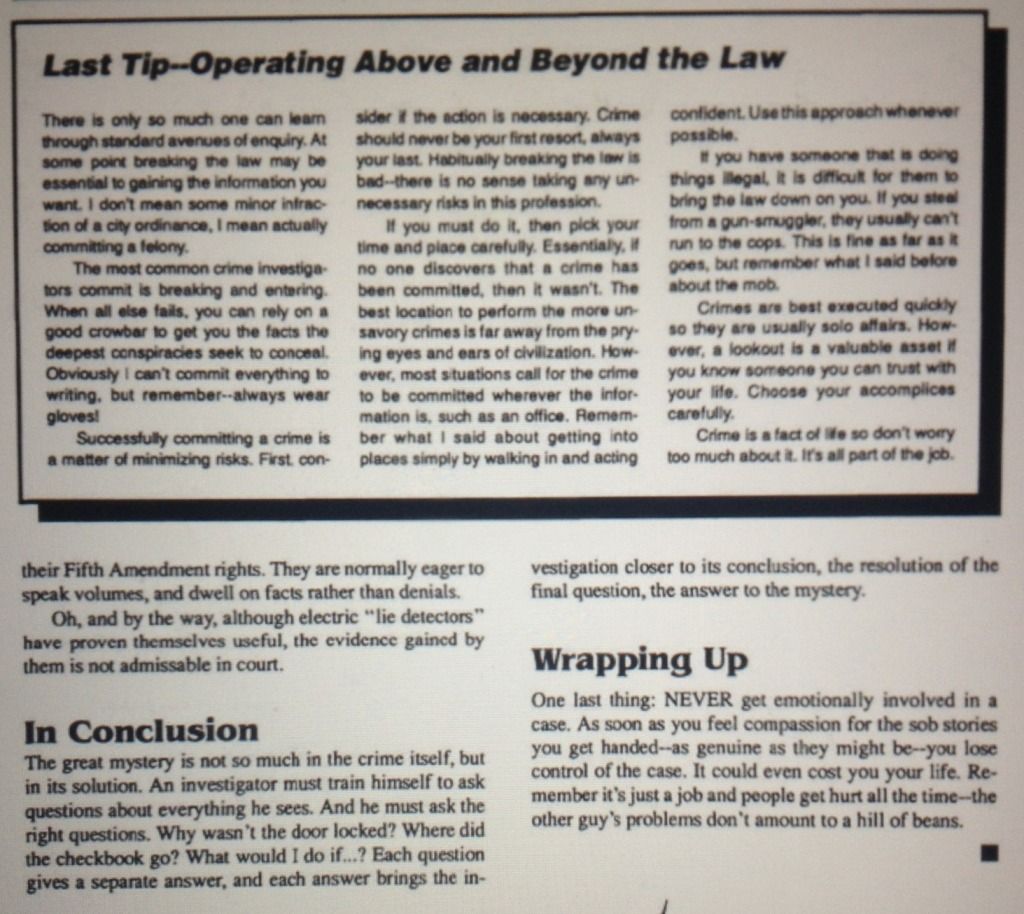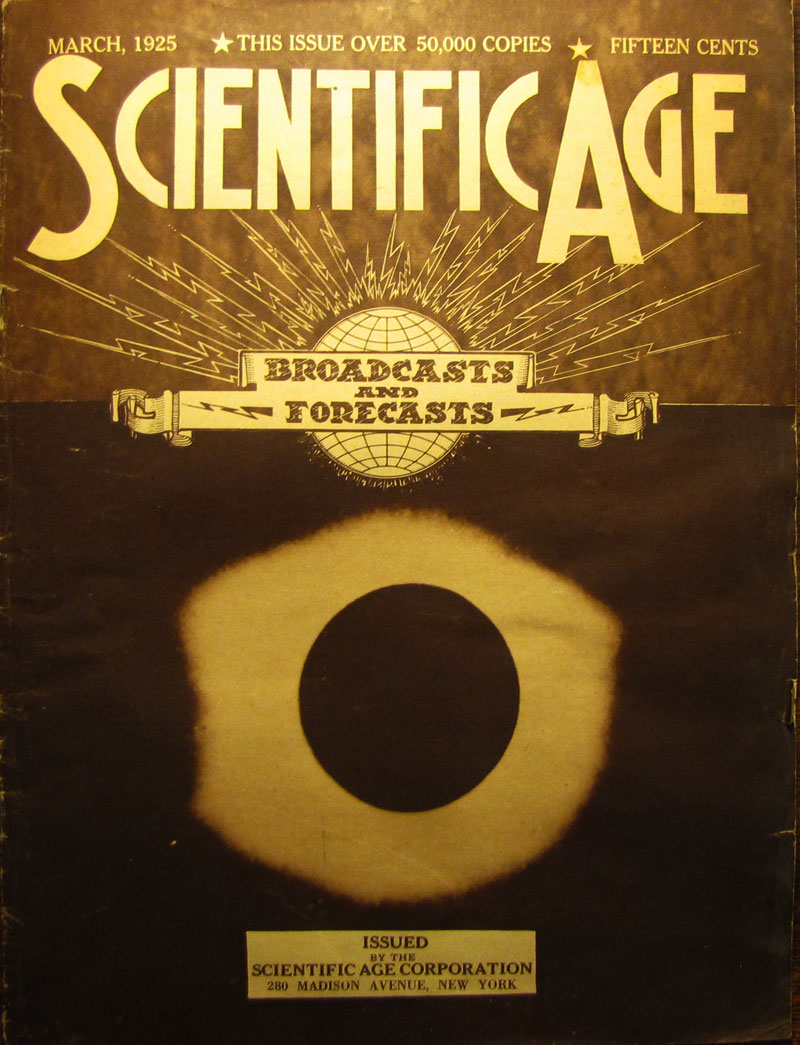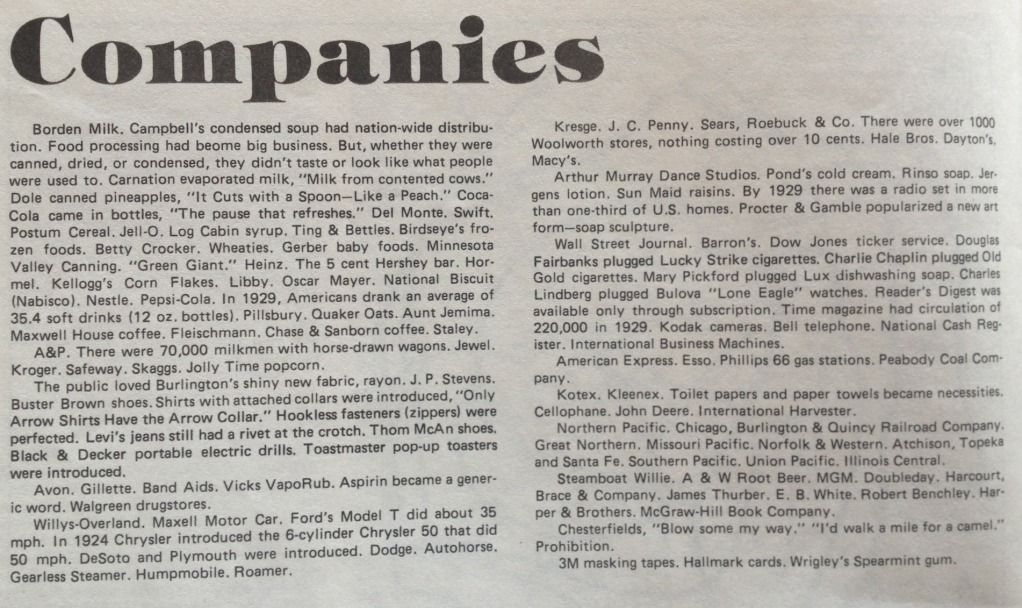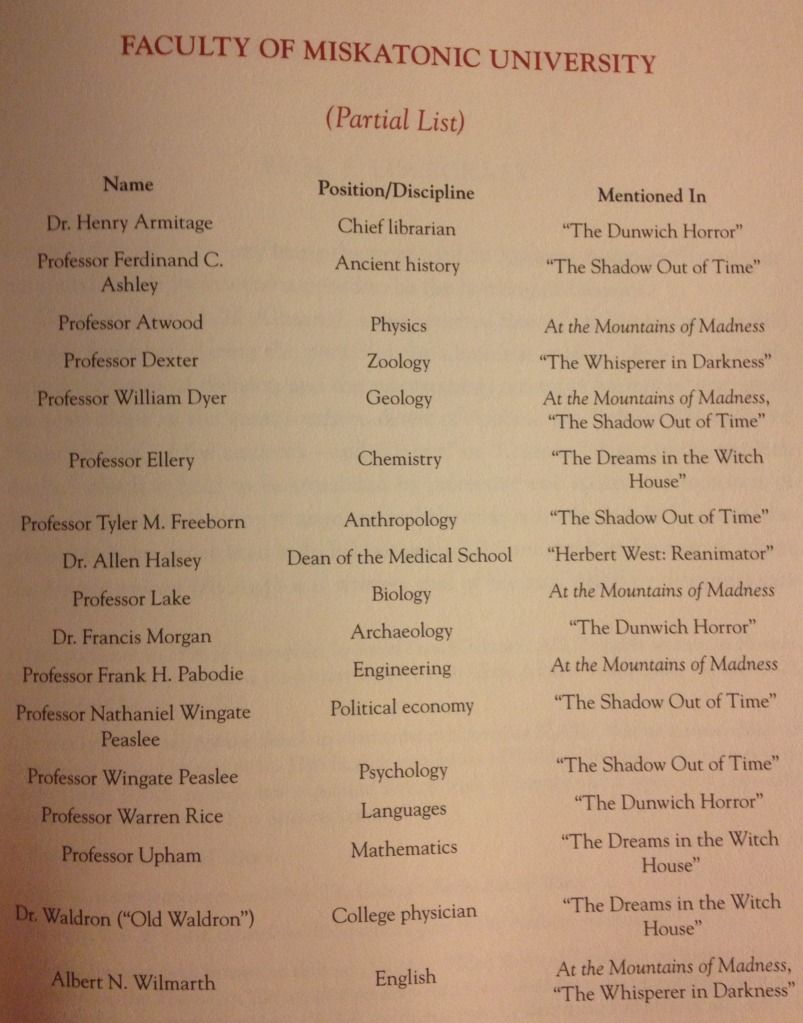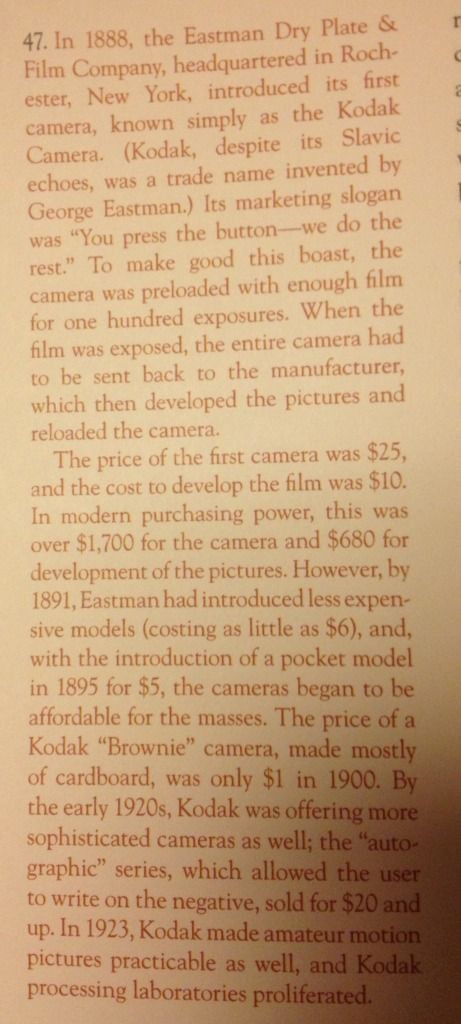Source: The Internet Guide to Jazz Age Slang (
http://home.earthlink.net/~dlarkins/slang-pg.htm )
Below you will find an alphabetical listing of slang words used in the "Jazz Age" (generally taken to mean the years of the Roaring Twenties and the Great Depression). The Jazz Age was the first modern era to emphasize youth culture over the tastes of the older generations; the flapper sub-culture had a tremendous influence on main stream America--many new words and phrases were coined by these liberated women. These are the most common words and phrases of the time, many of which you may be surprised to note are still very much in use today!
Some entries were the exclusive domain of students (or rather, those of student age; only a very small percentage of the population attended college) or flappers and have been indicated as such with italicized monikers. Also, the words that emerged in a particular year are noted appropriately.
A
ab-so-lute-ly: affirmative
Abe's Cabe: five-dollar bill
ace: one-dollar bill
all wet: incorrect
And how!: I strongly agree!
ankle: to walk, i.e.. "Let's ankle!"
apple sauce: flattery, nonsense, i.e.. "Aw, applesauce!"
Attaboy!: well done!; also, Attagirl!
B
baby: sweetheart; also denotes something of high value or respect
baby grand: heavily built man
baby vamp: an attractive or popular female; student
balled up: confused, messed up
baloney: nonsense
Bank's closed.: no kissing or making out ie. "Sorry, mac, bank's closed."
barrell house: illegal distillery
bearcat: a hot-blooded or fiery girl
beat it: scram, get lost
beat one's gums: idle chatter
bee's knee's: terrific; a fad expression. Dozens of "animal anatomy" variations existed: elephant's eyebrows, gnat's whistle, eel's hips, etc.
beef: a complaint or to complain
beeswax: business; student
bell bottom: a sailor
belt: a drink of liquor
bent: drunk
berries: (1) perfect (2) money
big cheese: important person
big six: a strong man; from auto advertising, for the new and powerful six cylinder engines
bimbo: a tough guy
bird: general term for a man or woman, sometimes meaning "odd," i.e. "What a funny old bird."
blind: drunk
blotto (1930 at the latest): drunk, especially to an extreme
blow: (1) a crazy party (2) to leave
bohunk: a derogatory name for an Eastern European immigrant; out of use by 1930, except in certain anti-immigrant circles, like the KKK
bootleg: illeagal liquor
breezer (1925): a convertable car
brown: whiskey
brown plaid: Scotch whiskey
bubs: breasts
bug-eyed Betty (1927): an unattractive girl; student
bull: (1) a policeman or law-enforcement official, including FBI. (2) nonesense, bullshit (3) to chat idly, to exaggerate
bump off: to kill
bum's rush, the: ejection by force from an establishment
bunny (1925): a term of endearment applied to the lost, confused, etc; often coupled with "poor little"
bus: any old or worn out car
busthead: homemade liquor
bushwa: a euphemism for "bullshit"
Butt me.: I'll take a cigarette
C
cake-eater: a lady's man
caper: a criminal act or robbery
cat's meow: great, also "cat's pajamas" and "cat's whiskers"
cash: a kiss
Cash or check?: Do we kiss now or later?
cast a kitten/have kittens: to have a fit. Used in both humorous and serious situations. i.e. "Stop tickling me or I'll cast a kitten!"
celestial: derogatory slang for Chinese or East Asians
chassis (1930): the female body
cheaters: eye glasses
check: kiss me later
chewing gum: double-speak, or ambiguous talk
Chicago typewriter: Thompson submachine gun
choice bit of calico: attractive female; student
chopper: a Thompson Sub-Machine Gun, due to the damage its heavy .45 caliber rounds did to the human body
chunk of lead: an unnattractive female; student
ciggy: cigarette
clam: a dollar
coffin varnish: bootleg liquor, often poisonous
copacetic: excellent, all in order
crasher: a person who attends a party uninvited
crush: infatuation
cuddler: one who likes to make out
D
daddy: a young woman's boyfriend or lover, especially if he's rich
daddy-o: a term of address; strictly an African-American term
dame: a female; did not gain widespread use until the 1930's
dapper: a Flapper's dad
darb: a great person or thing, i.e. "That movie was darb."
dead soldier: an empty beer bottle
deb: a debutant
dewdropper: a young man who sleeps all day and doesn't have a job
dick: a private investigator; coined around 1900, the term finds major recognition in the 20s
dinge: a derogatory term for an African-American; out of use by 1930
dogs: feet
doll: an attractive woman
dolled up: dressed up
don't know from nothing: doesn't have any information
don't take any wooden nickels: don't do anything stupid
dope: drugs, esp. cocaine or opium.
doublecross: to cheat, stab in the back
dough: money
drugstore cowboy: a well-dressed man who loiters in public areas trying to pick up women
drum: speakeasy
dry up: shut up, get lost
ducky: very good
dumb Dora: an absolute idiot, a dumbbell, especially a woman; flapper
dump: roadhouse
E
earful: enough
edge: intoxication, a buzz. i.e. "I've got an edge."
egg: a person who lives the big life
Ethel: an effeminate male.
F
face stretcher: an old woman trying to look young
fag: a cigarette; also, starting around 1920, a homosexual.
fella: fellow. as common in its day as "man," "dude," or "guy" is today, i.e. "That John sure is a swell fella."
fire extinguisher: a chaperone
fish: (1) a college freshman (2) a first timer in prison
flat tire: a bore
flivver: a Model T; after 1928, could mean any broken down car
floorflusher: an insatiable dancer
flour lover: a girl with too much face powder
fly boy: a glamorous term for an aviator
For crying out loud!: same usage as today
four-flusher: a person who feigns wealth while mooching off others
fried: drunk
futz: a euphemism for "fuck;" i.e. "Don't futz around."
G
gams (1930): legs
gasper: cigarette
gatecrasher: see "crasher"
gay: happy or lively; no connection to homosexuality; see "fag"
Get Hot! Get Hot!: encouragement for a hot dancer doing his or her thing
get-up (1930): an outfit
get a wiggle on: get a move on, get going
get in a lather: get worked up, angry
giggle water: booze
gigolo: dancing partner
gimp: cripple; one who walks with a limp; gangster Dion O’Bannion was called Gimpy due to his noticeable limp
gin mill: a seller of hard liquor; a cheap speakeasy
glad rags: "going out on the town" clothes
go chase yourself: get lost, scram.
gold-digger (1925): a woman who pursues men for their money
goods, the: (1) the right material, or a person who has it (2) the facts, the truth, i.e. "Make sure the cops don't get the goods on you."
goof: (1) a stupid or bumbling person, (2) a boyfriend; flapper.
goofy: in love
grummy: depressed
grungy: envious
H
hair of the dog (1925): a shot of alcohol
half seas over: drunk; also "half under"
handcuff: engagement ring
hard-boiled: a tough person, i.e: "He sure is hard-boiled!"
harp: an Irishman
hayburner: (1) a gas guzzling car (2) a horse one loses money on
heavy sugar (1929): a lot of money
heebie-jeebies (1926): "the shakes," named after a hit song
heeler: a poor dancer
high hat: a snob
hip to the jive: cool, trendy
hit on all sixes: to perform 100 per cent; as "hitting on all six cylinders;" perhaps a more common variation in these days of four cylinder engines was "hit on all fours;" also see "big six".
hoary-eyed: drunk
hooch: booze
hood (late 20s): hoodlum
hooey: bullshit, nonsense; very popular from 1925 to 1930, used somewhat thereafter
hop: (1) opiate or marijuana (2) a teen party or dance
hope chest: pack of cigarettes
hopped up: under the influence of drugs
horse linament: bootleg liquor
Hot dawg!: Great!; also: "Hot socks!"
hot sketch: a card or cut-up
I
"I have to go see a man about a dog.": "I've got to leave now," often meaning to go buy whiskey
icy mitt: rejection
Indian hop: marijuana
insured: engaged
iron (1925): a motorcycle, among motorcycle enthusiasts
iron one’s shoelaces: to go to the restroom
ish kabibble (1925): a retort meaning "I should care," from the name of a musician in the Kay Kayser Orchestra
J
jack: money
Jake: great, i.e. "Everything's Jake."
Jalopy: a dumpy old car
Jane: any female
java: coffee
jeepers creepers: "Jesus Christ!"
jerk soda: to dispense soda from a tap; thus, "soda jerk"
jigaboo: a derogatory term for an African-American
jitney: a car employed as a private bus; fare was usually five cents, ergo the alternate nickname of "nickel"
joe: coffee
Joe Brooks: a perfectly dressed person; student
john: a toilet
joint: establishment
jorum of skee: a drink of hard liquor
juice joint: a speakeasy
junk: opium
K
kale: money
keen: appealing
kike: a derogatory term for a Jewish person
killjoy: a solemn person
knock up: to make pregnant
know one's onions: to know one's business or what one is talking about
L
lay off: cut the crap
left holding the bag: (1) to be cheated out of one's fair share (2) to be blamed for something
let George do it: a work evading phrase
level with me: be honest
limey: a British soldier or citizen; from World War I
line: a false story, as in "to feed one a line"
live wire: a lively person
lollapalooza (1930): a humdinger
lollygagger: (1) a young man who enjoys making out (2) an idle person
M
M: morphine
manacle: wedding ring
mazuma: money
Mick: a derogatory term for Irishmen
milquetoast (1924): a very timid person; from the comic book character Casper Milquetoast, a hen-pecked male
mind your potatoes: mind your own business
mooch: to leave
moonshine: homemade whiskey
mop: a handkerchief
Mrs. Grundy: a prude or kill-joy
mulligan: Irish cop
munitions: face powder
N
neck: to kiss passionately; what would today be called "French kissing"
necker: a girl who wraps her arms around her boyfriend's neck
nifty: great, excellent
noodle juice: tea
nookie: sex
"Not so good!": "I personally disapprove."
"Now you're on the trolley!": "Now you've got it!".
O
ofay: a commonly used Black expression for Whites
off one's nuts: crazy
"Oh yeah!": "I doubt it!"
old boy: a male term of address, used in conversation with other males as a way to denote acceptance in a social environment; also: "old man" or "old fruit"
Oliver Twist: a skilled dancer
on a toot: a drinking binge
on the lam: fleeing from police
on the level: legitimate, honest
on the up and up: on the level
orchid: an expensive item
ossified: drunk
owl: a person who's out late
P
palooka: (1) a below-average or average boxer (2) a social outsider; from the comic strip character Joe Palooka, who came from humble ethnic roots
panic: to produce a big reaction from one's audience
panther piss/sweat (1925): homemade whiskey
pen yen: opium
percolate: (1) to boil over (2) as of 1925, to run smoothly; "perk"
pet: like necking (see above), only moreso; making out
petting pantry: movie theater
petting party: one or more couples making out in a room or auto
phonus balonus: nonsense
piffle: baloney
piker: (1) a cheapskate (2) a coward
pill: (1) a teacher (2) an unlikable person (3) cigarette
pinch: to arrest
pinched: to be arrested
pinko: liberal
pipe down: stop talking
prom-trotter: a student who attends all school social functions
pos-i-lute-ly: affirmative, also "pos-i-tive-ly"
pull a Daniel Boone: to vomit
punch the bag: small talk
putting on the ritz: after the Ritz Hotel in Paris (and its namesake Caesar Ritz); doing something in high style; also, "ritzy"
Q
quiff: a slut or cheap prostitute
R
rag-a-muffin: a dirty or disheveled individual
rain pitchforks: a downpour
razz: to make fun of
Real McCoy: a genuine item
regular: normal, typical, average
Reuben: an unsophisticated country bumpkin; also, "rube"
Rhatz!: "How disappointing!" flapper
rotgut: bootleg liquor
rub: a student dance party
rubes: money or dollars
rummy: a drunken bum
S
sap: a fool, an idiot; very common term in the 20s
sawbuck: ten-dollar bill
says you: a reaction of disbelief
scratch: money
screaming meemies: the shakes
screw: get lost, get out, etc.; occasionally, in pre 1930 talkies (such as The Broadway Melody) screw is used to tell a character to leave: one film features the line "Go on, go on--screw!"
screwy: crazy; "You're screwy!"
sheba: one's girlfriend
sheik: one's boyfriend
shine box: a bar or club for black patrons
shiv: a knife
simolean: a dollar
sinker: a doughnut
sitting pretty: in a prime position
skee: Scotch whiskey
skirt: an attractive female
smarty: a cute flapper
smoke-eater: a smoker
smudger: a close dancer
snort: a drink of liquor
sockdollager: an action having a great impact
so's your old man: a reply of irritation
spade: yet another derogatory term for an African-American
speakeasy: a bar selling illeagal liquor
spill: to talk
splifficated: drunk
spoon: to neck, or at least talk of love
static: (1) empty talk (2) conflicting opinion
stilts: legs
strike-me-dead: bootleg liquor
struggle: modern dance
stuck on: in love; student.
sugar daddy: older boyfriend who showers girlfriend with gifts in exchange for sex
swanky: (1) good (2) elegant
swell: (1) good (2) a high class person
T
take someone for a ride: to take someone to a deserted location and murder them
tasty: appealing
tea: marijuana
teenager: not a common term until 1930; before then, the term was "young adults."
tell it to Sweeney: tell it to someone who'll believe it
three-letter man: homosexual
tight: attractive
Tin Pan Alley: the center of the music industry in New York City, located between 48th and 52nd Streets
tomato: a "ripe" female
torpedo: a hired thug or hitman
trip for biscuits: wild goose chase
U
unreal: special
upchuck: to vomit
upstage: snobby
V
vamp: (1) a seducer of men, an aggressive flirt (2) to seduce
voot: money
W
water-proof: a face that doesn't require make-up
wet blanket: see Killjoy
white lightning: bootleg liquor
wife: dorm roomate; student.
"What's eating you?": "What's wrong?"
whoopee: wild fun
Woof! Woof!: ridicule
X
Y
"You slay me!": "That's funny!"
Z
zozzled: drunk

